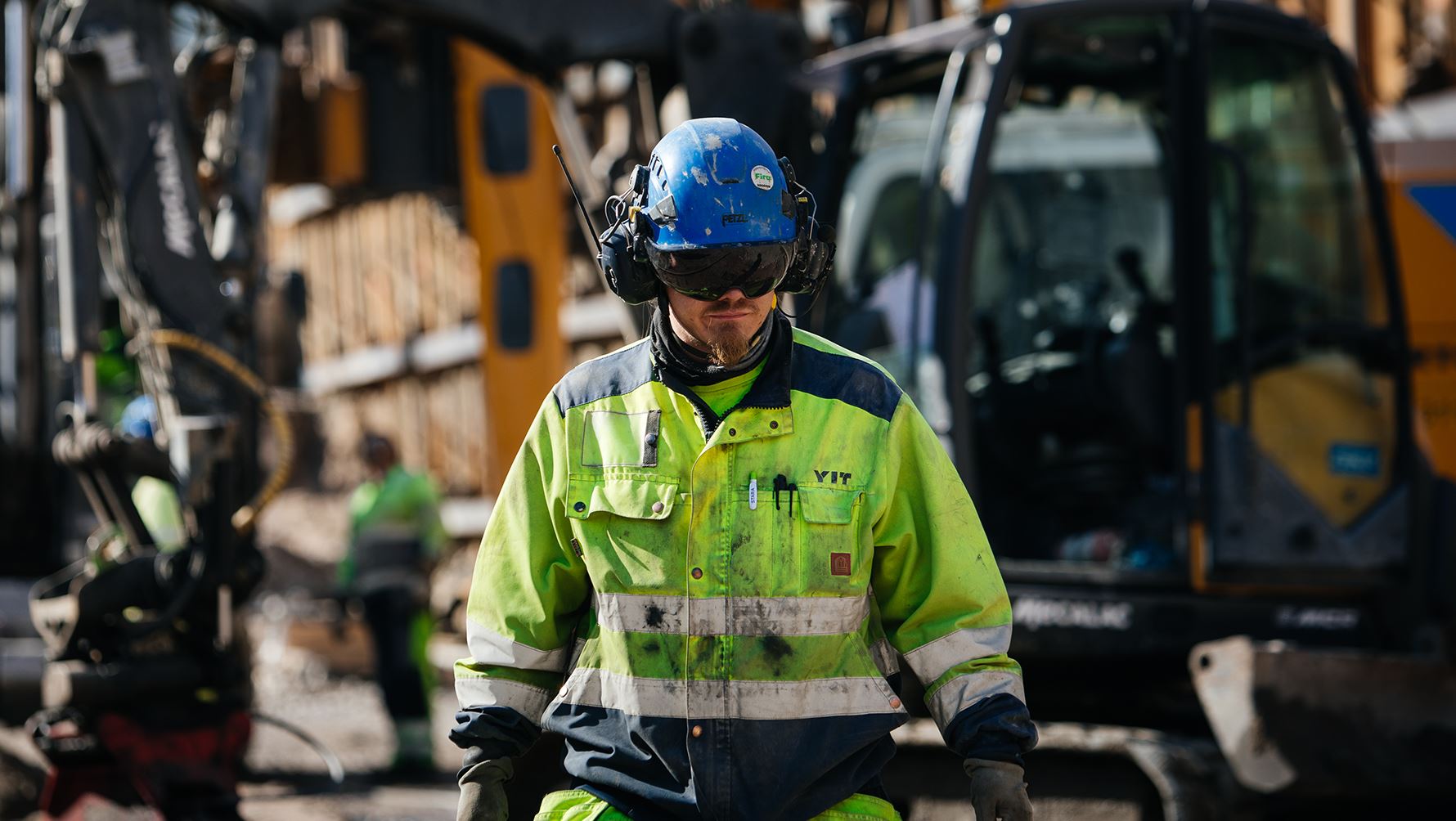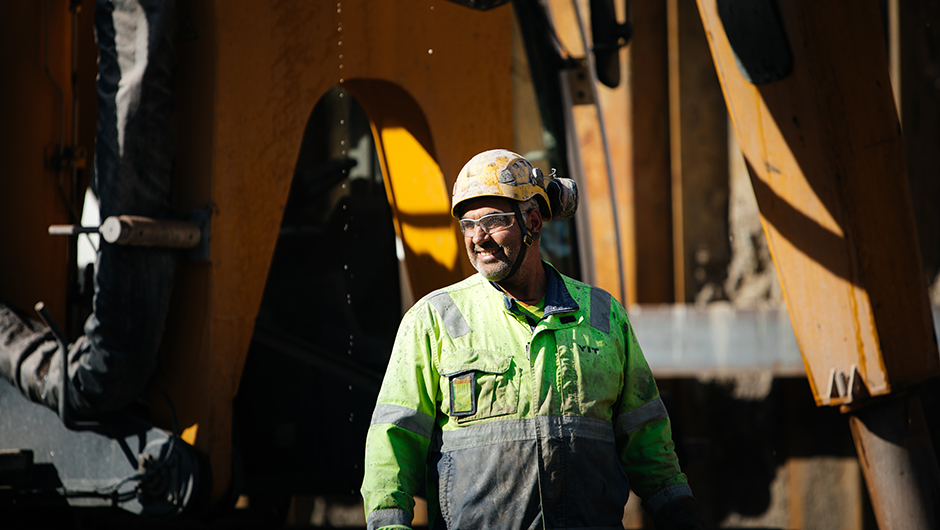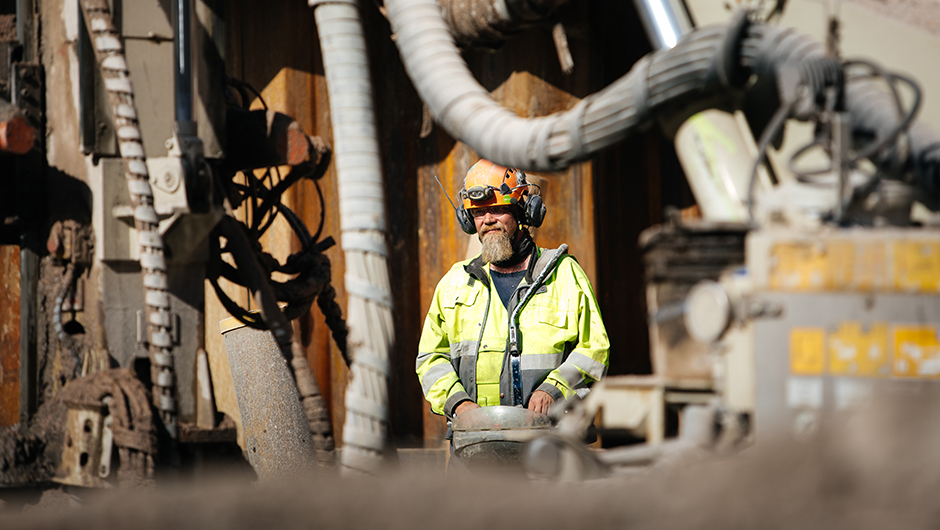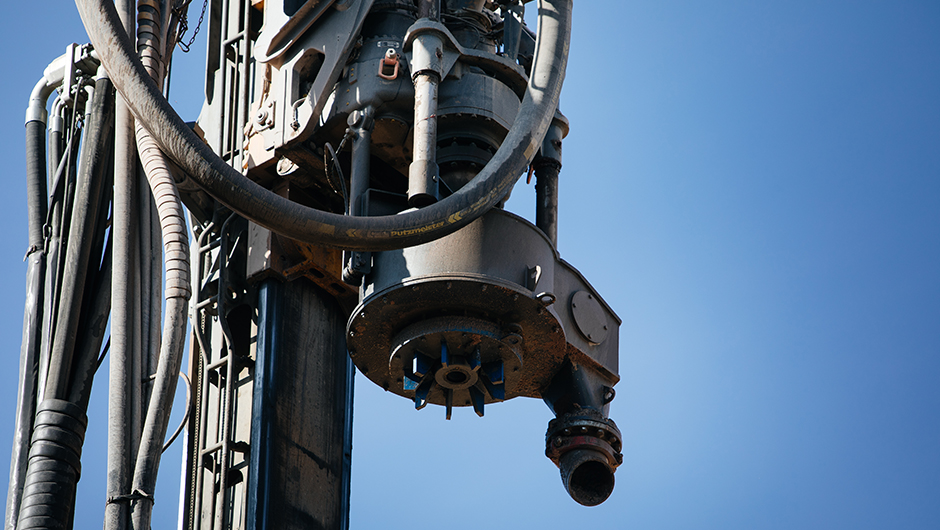Sustainable data centers as a service
- Construction
- Maa- ja pohjarakentaminen
- 10/11/2021
Towards the unseen – foundation engineering requires a broad set of skills
Constructing the foundation may not be quite as stirring as putting up the frame or walls of a building but, for the end result, it is at least equally important. Thanks to YIT’s foundation engineering expertise, work on a site does not stop even if something unexpected is discovered under the topsoil.

Lately, news headlines have highlighted several cases where a house has ended up due for demolition because it has started to sink. For YIT’s construction managers Kimmo Perkiö and Juho Kallio, these cases, in all their ghastliness, perfectly demonstrate why you cannot afford to cut corners when it comes to foundation engineering.
“Foundation engineering is not an easy branch of construction work. You drill down from the surface where the builders can’t see. You can never be 100% certain of what you’ll find,” says Kallio.
That said, you can increase that certainty with a thorough examination of the base and careful planning.
“A foundation engineering project always begins with a ground survey. The results of the survey provide a starting point for planning. Then, you identify the right foundation engineering solutions and other technical solutions as well as determine the correct depth of foundation. For example, you can’t lay the foundation too deep, or you will have issues with groundwater. The type of pile is also determined on the basis of the survey,” says Perkiö, whose area of expertise is special pile driving.
Sometimes it is decided during the design stage that a more comprehensive ground survey is required.
“You can only proceed once you have investigated enough. Cutting corners with the survey doesn’t pay off because whatever little savings you make will quickly vanish in additional work if you encounter a nasty surprise. The old saying ‘well begun is half done’ is particularly apt for foundation engineering,” says Kallio.

A competitive package
According to Perkiö and Kallio, the most challenging foundation engineering sites are usually found in city centres.
“For example, pile driving can be a pretty violent activity for soil. A city site may be adjacent to many old buildings, which must be fully protected from the effects of pile driving and other foundation work. We always try to minimise the effects of our work on the surroundings. That’s why it’s so important to choose the right method,” says Perkiö.
When it comes to excavation work, the trump in YIT’s sleeve is a wide range of foundation work expertise and equipment.
“You could say that we are adept at all types of foundation engineering. We also have a lot of our own excavation equipment and equipment know-how. We can combine our extensive knowledge of different disciplines with efficient project management and the competencies of YIT’s entire infrastructure sector. We have put together a really competitive package,” says Kallio.
Extensive know-how and a wide range of equipment can also be an advantage if you find something surprising at a site. It is easier to find additional know-how and methods to help with a project when you can find them within your own company.
Kallio and Perkiö mention the Veturitie road constructed in Central Pasila, Helsinki, as a good example of a project utilising several different foundation engineering methods.
“On Veturitie, next to the then Tripla site, we constructed a double-deck roundabout, a concrete trough and about half a kilometre of new road. Because the site was located in an area with difficult ground conditions, we used pretty much everything from retaining walls and sheet pile walls anchors to bored pile driving, impact pile driving, grouting, stabilisation... you name it,” says Perkiö.

Big machines and new digital tools
Comprehensive expertise also makes it necessary to maintain and continuously develop skills and competencies. One of the trends is data refining, which is why digital tools have become more commonplace as foundation engineering tools.
“GPS has been used in the equipment for a long time already. For instance, when stabilising columns, measurers no longer measure the positions of the columns. The machines take care of it. Any data or reports collected from the work are automatically uploaded to cloud services where they can be easily accessed. We also use many digital aids, such as machine control and drone photography,” says Perkiö.
New digital solutions help to deliver in real time essential information to those who need it. However, they are just tools – as far as Kallio and Perkiö are concerned, the value of foundation engineering is still by and large created by practical work and the proficiency of people.
“You can learn the basics of this industry at school but, in the main, you learn foundation engineering in practice on the site. It takes a wide range of skills to make a site work seamlessly as a whole. Besides the actual implementation, controlled planning also plays a major role in projects. In addition, everything we do involves equipment which, in our industry, is usually large and heavy-duty. Using, maintaining, servicing and repairing the equipment is a major part of foundation engineering,” concludes Kallio.

The industry could also use some fresh blood. Many veterans of foundation engineering are going to retire in the next five years, and they need to be replaced.
“Someone once said that you’ll do well in this job if you’re childlike and like big machines,” says Perkiö, with a smile. “I’d say you also have to like variety. No two days are the same. Sometimes you discover surprises in the soil that can make the work more difficult – but, at the same time, they also keep you on your toes and make the work more interesting.”
Foundation engineering at YIT
Foundation engineering is the basis of everything



